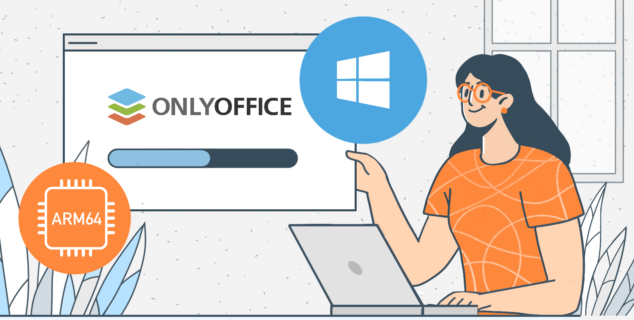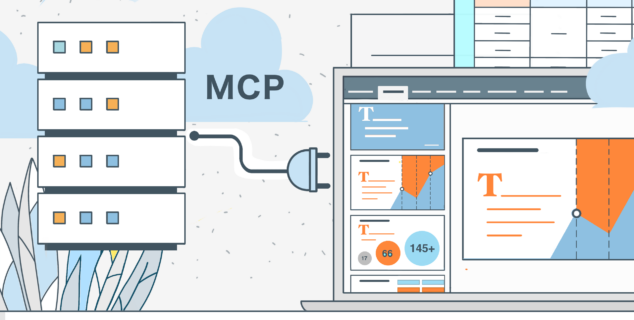What is e-learning?
This brief guide is for everyone who wants to understand e-learning, discover the benefits of online education for students and companies, and pick the right software to share knowledge.

E-learning in a nutshell
E-learning is a form of education that is delivered electronically, usually over the internet.
The concept itself traces back to the 1920s when the first testing machine was invented for students. However, PLATO, the first learning program to operate via computer, was introduced in 1960 at the University of Illinois. In the 1990s, with more advanced and accessible computers, e-learning became a fairly common practice, and the name itself was first introduced in 1999 at the CBT systems seminar.
Today, e-learning is a widespread practice with most people familiar with one or another form of it. The practices can include online courses, tutorials, webinars, and other forms of digital learning.

It is becoming universally popular as a way to access educational content from anywhere in the world, with people enjoying the benefits of quick and accessible education and a big part of schools and universities introducing e-learning in their educational process.
Benefits of digital education
Digital education has earned a permanent place in our lives thanks to multiple benefits it brings to both the educators and the educated:
Cost savings. E-learning can save organizations money on the cost of training materials, travel expenses, and instructor fees.
Flexibility. Digital education allows learners to access training materials and courses at any time and from any place, making them independent from their permanent residence, transport, travel, and other obstacles.
Engagement. Courses can be interactive and engaging, providing learners with an enjoyable experience that delivers the best knowledge in the most effective way.
Accessibility. Courses are available to a wide audience, regardless of location or physical ability. Large course marketplaces help find a knowledge source adequate to the individual budget.
Tracking and Reporting. E-learning platforms can track progress and provide detailed reports on course completion and performance. This is universally convenient to all participants of the process.
Scalability. E-learning can be easily scaled up or down to meet the needs of an organization, from training a small team to the whole workforce.
Formats of online education
The most popular formats of e-learning are online courses, virtual classrooms, webinars, video tutorials, and gamified learning.
Online courses are the most popular form of e-learning because they are typically self-paced and can be accessed at any time. Virtual classrooms are also in demand because they allow for real-time interaction between the instructor and students. Webinars are great for delivering presentations and lectures, while video tutorials are great for providing step-by-step instructions. Finally, gamified learning is a great way to engage learners and make learning more fun.
E-learning in use
E-learning is used in a variety of settings, including corporate training, higher education, K-12 education, government, healthcare, and military.
It can be used for both synchronous and asynchronous learning and can be delivered through different platforms, including online courses, mobile applications, webinars, and virtual classrooms.
Country-wise, digital education is most popular in the United States, followed by India, China, the United Kingdom, and Canada.
E-learning software
Depending on the format, there are tools tailored to facilitate online learning activities that educators and organizations may use. Let’s have a look at the most popular types of e-learning software.
Virtual classrooms
Virtual classroom software is a broad term to describe an app, however, virtual classrooms share similar core tools that make them a category. It typically includes video-conferencing features, interactive content, whiteboards, polls, file sharing – everything that can help resemble classroom mechanics but online.

Examples of popular virtual classroom solutions:
- BigBlueButton
- LearnCube
- Adobe Connect
- Vedamo
- Kaltura
Learning management systems
Learning management systems combine file sharing, knowledge base, course management and student network within a single platform and can be enhanced with integration of third-party components to create a complete online educational space.

Examples of popular learning management systems:
- Moodle
- 360Learning
- Chamilo
- Adobe Learning Manager
- Garucan
A document or content management system can also be a great alternative, as those can be expanded with multiple additional tools and there are plenty to choose from.

Examples of popular DMS/CMS:
- Nextcloud
- ownCloud
- HumHub
- Seafile
- Drupal
An LMS works best with an office suite integrated for document editing and collaboration. Check out learning management systems where you can use ONLYOFFICE Docs.
Office suites
No doubt, an office suite is a core part of every e-learning activity, as document editing and collaboration, presentation creation and presenting, as well as work with spreadsheets are necessary as a form of knowledge sharing. Office suites can also be integrated into a broader ecosystem of learning apps.

Examples of popular office suites:
- ONLYOFFICE Docs
- Collabora
- Office Online
- Zoho
- WPS Office
Webinar software
Webinar software includes both tools created specifically for webinars and universal web conferencing tools with functionality fit for broadcasting and interaction with the audience. To be suitable for webinars, the solution must offer HQ videoconferencing abilities, screen sharing, file sharing, online chat and polls.

Examples of popular webinar software:
- Zoom
- Jitsi
- ClickMeetig
- Webex
- Livestorm
Build your e-learning platform with ONLYOFFICE
ONLYOFFICE offers versatile tools for secure document editing and collaboration, capable of performing all core tasks for digital education activities, and even more.
ONLYOFFICE Docs suite can be integrated in any LMS or document management system to enable collaboration for any number of users through web, desktop, and mobile. It includes document, spreadsheet, and presentation editors with professional editing features, academic tools, online form building, complex work with objects, and a wide range of collaboration instruments. You can extend the functionality with plugins such as Draw.io, YouTube, Mendeley, Zotero, Translator, DeepL, Thesaurus, and many others.
ONLYOFFICE Workspace is an all-in-one collaborative space that features ONLYOFFICE Docs within its own document management system, task management tools, social space, calendars, and mail.
Explore all solutions for education and build your own e-learning platform in the cloud or on-premises:
Create your free ONLYOFFICE account
View, edit and collaborate on docs, sheets, slides, forms, and PDF files online.


